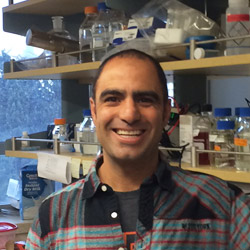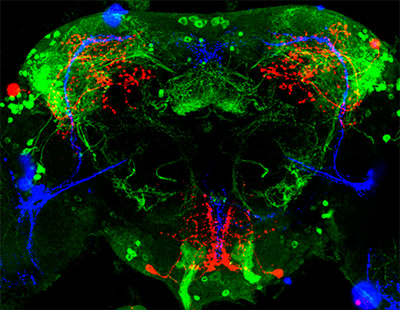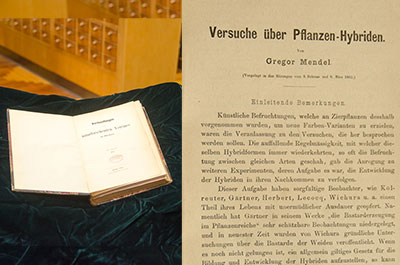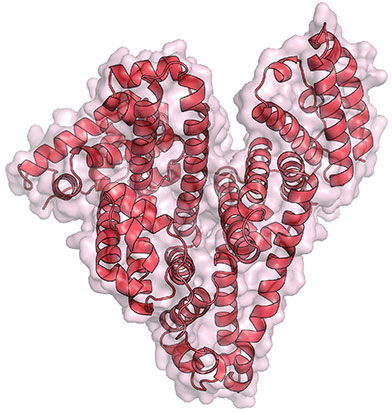Studying some of the most well-tread territory in science can turn up surprising new findings. Take, for example, the cell. You may have read in textbooks how the cell’s parts look and function during important biological processes like cellular movement and division. You may have even built models of the cell out of gelatin or clay. But scientists continue to learn new facts that require those textbooks to be updated, and those models to be reshaped. Here are a few examples.
Nuclear Envelope: More Than a Protective Barrier
Damaged heterochromatin, a tightly packed form of DNA, travels to the inner wall of the nuclear envelope for repair. Credit: Irene Chiolo and Taehyun Ryu, University of Southern California.
Like a security guard checking IDs at the door, the nuclear envelope forms a protective barrier around the cell’s nucleus, only letting specific proteins and chemical signals pass through. Scientists recently found that this envelope may also act as a repair center for broken strands of heterochromatin, a tightly packed form of DNA.
Irene Chiolo of the University of Southern California and Gary Karpen of the University of California, Berkeley, and the Lawrence Berkeley National Laboratory were part of a team that learned that healthy fruit fly cells mend breaks in heterochromatin by moving the damaged DNA strands to the inner wall of the nuclear envelope. There, proteins embedded in the envelope make the necessary repairs in a safe place where the broken DNA can’t accidentally get fused to the wrong chromosome. Continue reading “New Views on What the Cell’s Parts Can Do”








